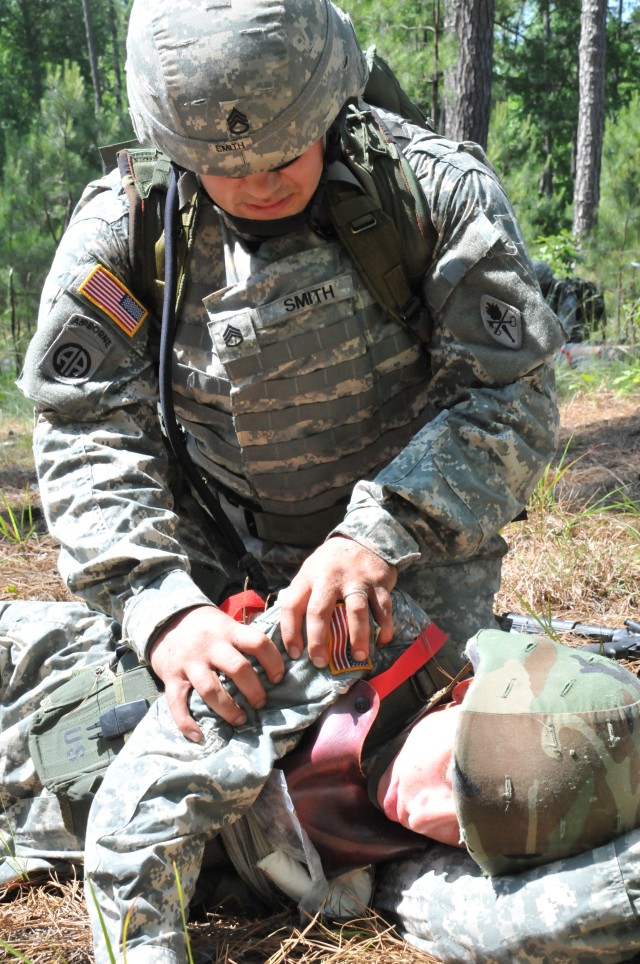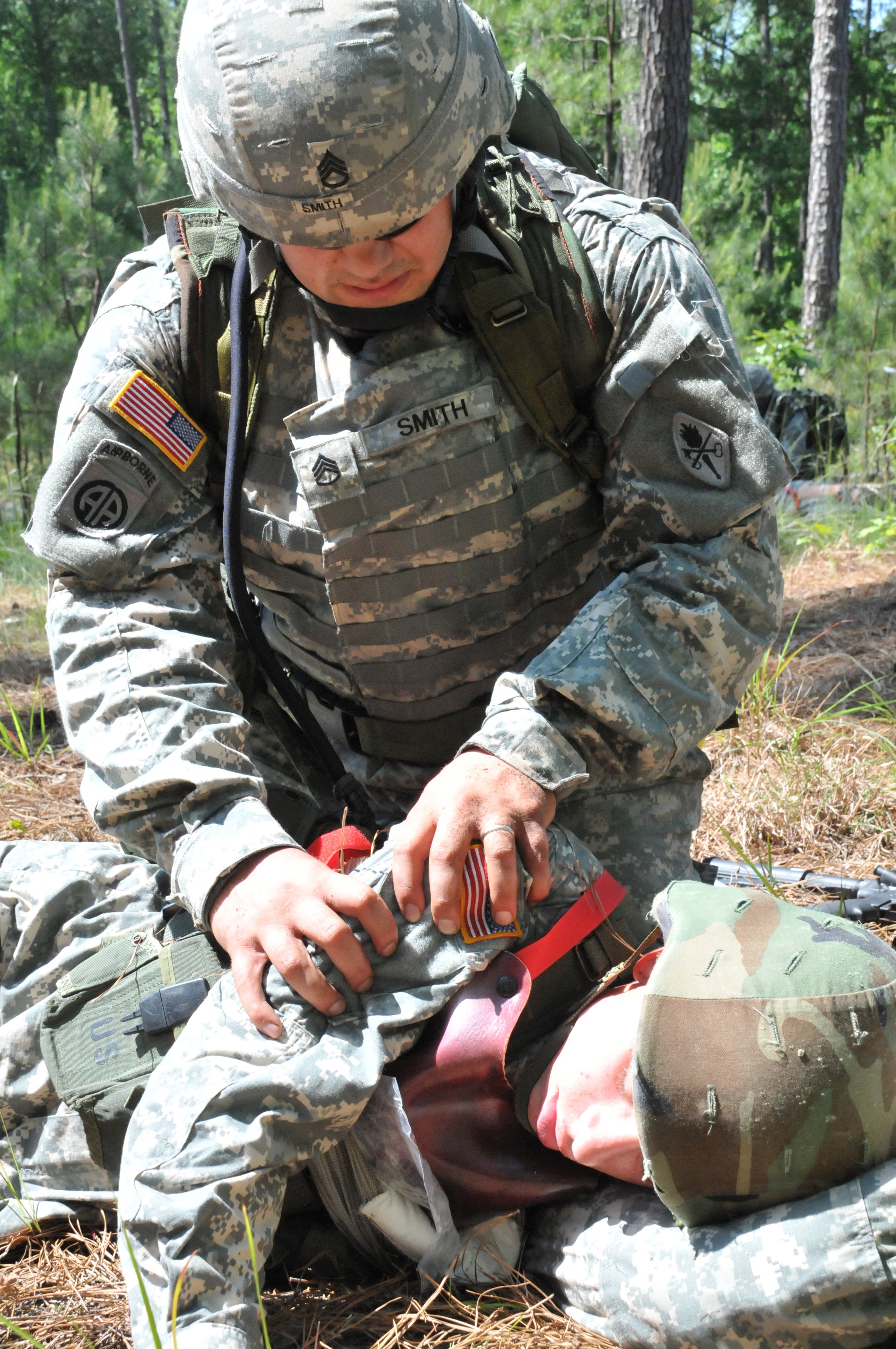
WASHINGTON (Army News Service, Feb. 26, 2010) -- The deputy commanding general for Initial Military Training told bloggers Wednesday he hopes the current warrior tasks and battle drills that all Soldiers from the top down are expected to know will be reduced significantly to stop what he called "task paralysis."
From the site of the first three-day Initial Military Training Conference in Columbia, S.C., Lt. Gen. Mark P. Hertling said a recommendation to reduce warrior tasks to 12 and battle drills to four from the present 32 and 11 respectively, had been forwarded to Army Chief of Staff Gen. George W. Casey Jr. for approval.
Hertling wouldn't elaborate on what the proposed tasks and drills were, but said that over the course of several months, he and key-command representatives had taken a hard look at what should be the defining task of every Soldier and concluded "there were so many things that we had to train on that we weren't training any of them very well."
Hertiling, the U.S. Army Training and Doctrine Command deputy for IMT, said warrior tasks have varied over the years, and he thought at one point there were as many as 39 common tasks.
"We now have a list which has been approved by all Army commands universally... and unanimously approved, and all of them said it's a damned good idea that we're doing this," he said. "I hope the chief looks at them, and likes them, and realizes that all the subordinate commands have said this is what, where we should go."
The general added that some of the tasks and drills which have been introduced in basic training are not things most Soldiers will use at any point in their careers. "They'd see it one time and then never see it again," he said.
He cited the Vietnam-era Claymore Antipersonnel Mine and .50-caliber machine gun tasks as examples of training that is not needed at the basic-training level. Hertling said that in his 34-year Army career, he'd never touched a Claymore.
While the Claymore is in the current family of mines the Army uses today and sometimes uses in Afghanistan, it would never be used without some additional training, he said.
With respect to the .50-caliber machine gun: "Now, you would think, well, all Soldiers need to know that. I'm not so sure. After they fire it once in basic training... the great majority of Soldiers would never do it again," he said.
"Now if you go to a unit and become a .50-caliber gunner, or that's part of your MOS, then, yeah, you ought to get a whole lot more training on that," he added.
Hertling also said the Army was working toward making basic training more relevant to new recruits whom he referred to as the "Millennials." He said are bringing in capabilities that are very different from what the Army has seen before now.
"We're running a pilot program within basic training, advanced individual training and the basic officer leadership course and within our instructor ranks, something we're calling in the Army world of acronyms, CSDA - connecting Soldiers to digital applications," he said. Hertling said the Army was issuing some smart phone devices during the pilot program and hoped it would help train Millennials better and faster.
Cultural training will be added to IMT, which he said would help show Soldiers how to adjust not only to the Army culture from civilian life, but help them to understand that their careers will be a continual requirement to adapt to other cultures as they travel around the world.
"Frankly, the adaptation to those cultures will save lives and help them accomplish missions which, eight years ago, we weren't very good at when we went into some of the Arab countries," he said.
Addressing the CSA's Comprehensive Soldier Fitness initiative, Hertling expects testing within the training base to begin in April. Presently, the Army is trying to determine a baseline for Soldiers' level of resiliency in four areas - societal, spiritual, emotional and physical.
He said once the baseline is established and set in place, Soldiers will have the potential as they continue their service to undertake modules which will help them in those areas.
The Army has been sending drill sergeants, AIT platoon sergeants and cadre from the officer leadership courses to a resiliency training course at the University of Pennsylvania over the last few months.
He said the training course would soon transfer to Victory University at Fort Jackson, S.C., where the Army would begin to train instructors in resiliency.

Social Sharing